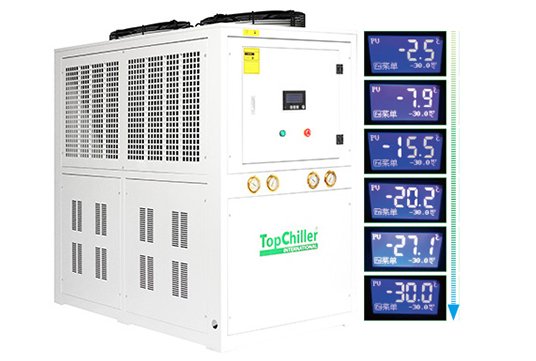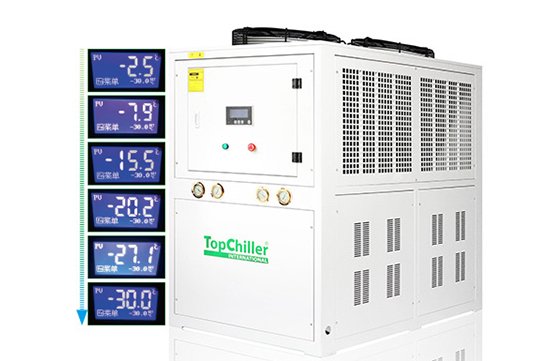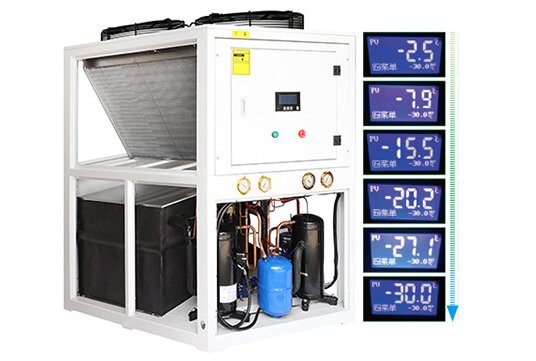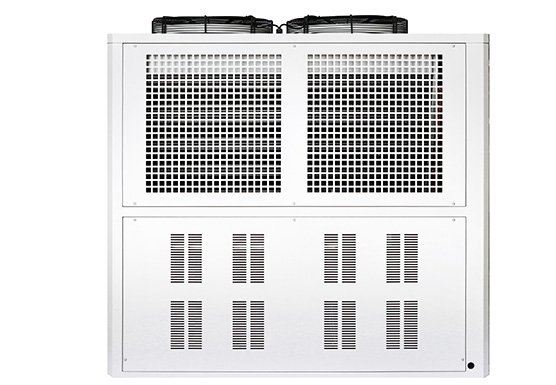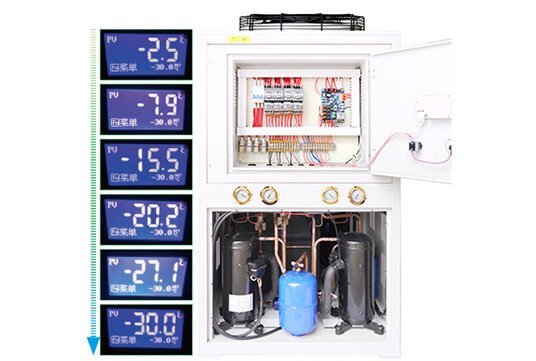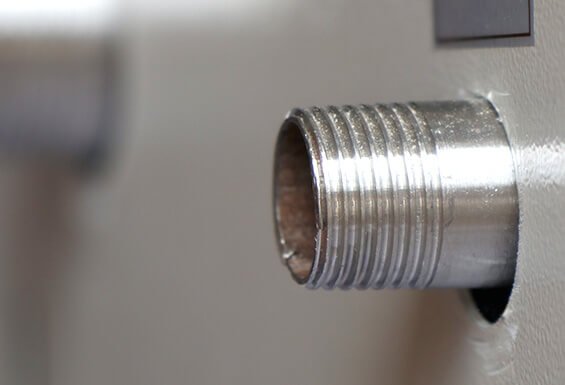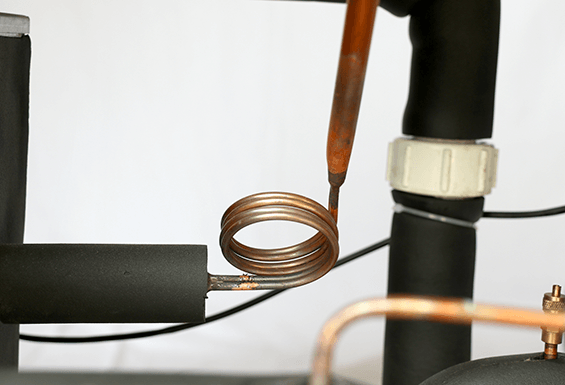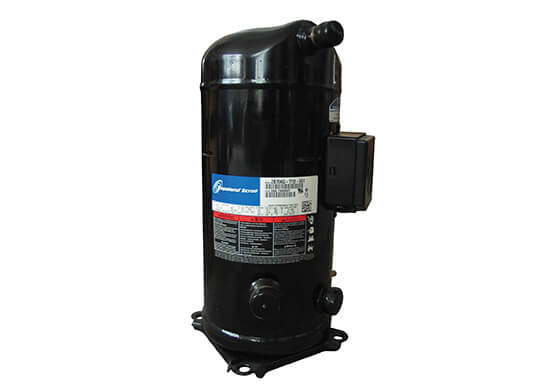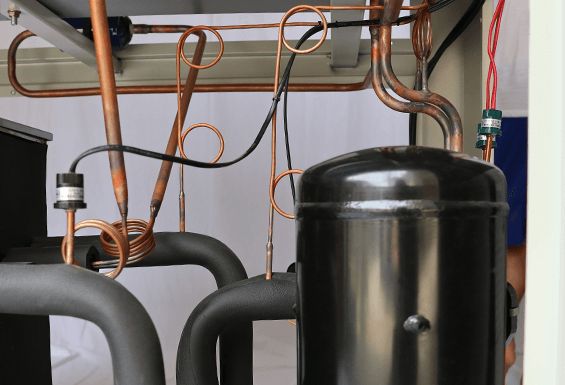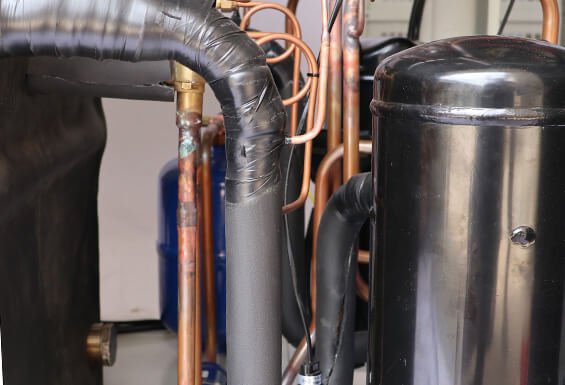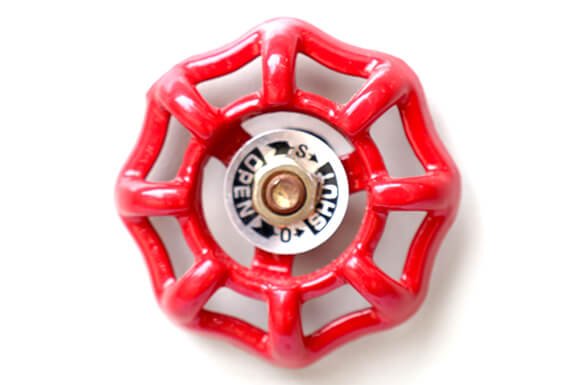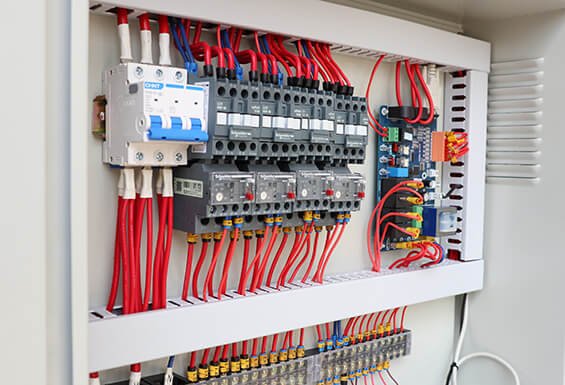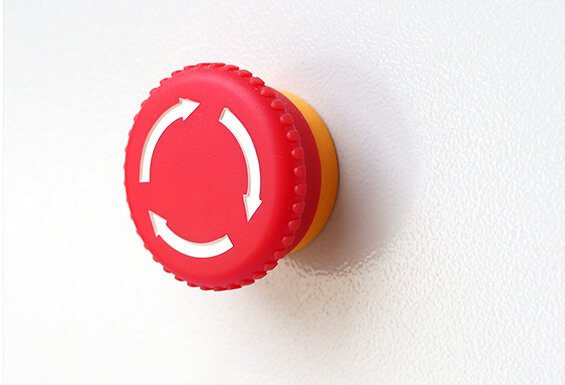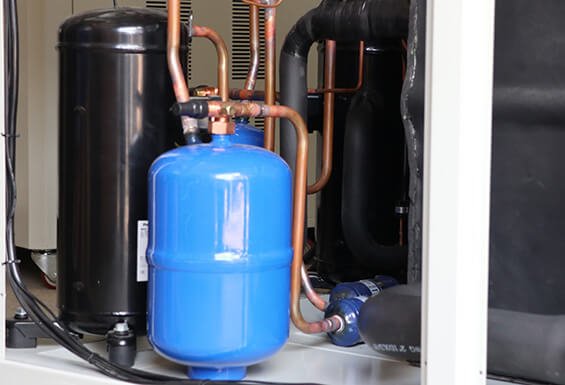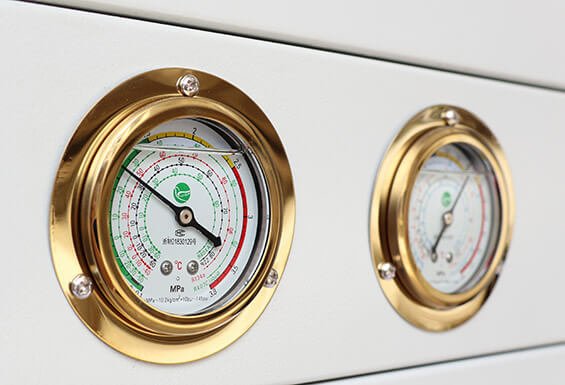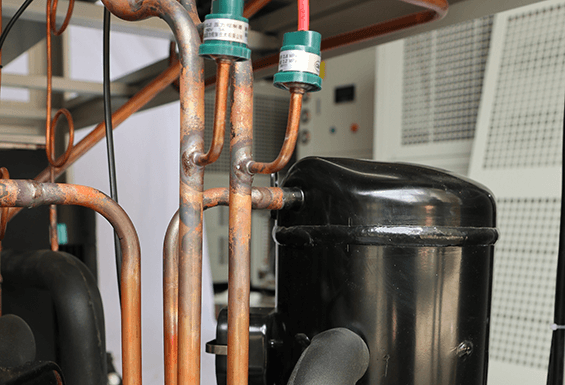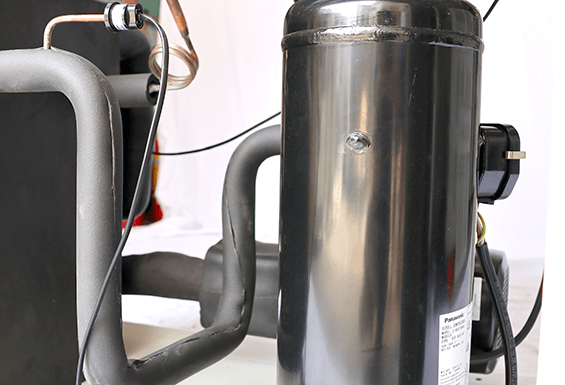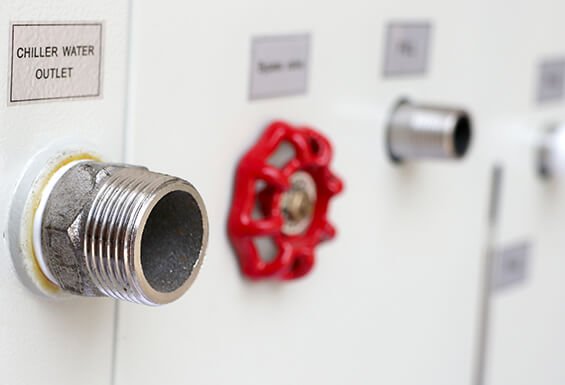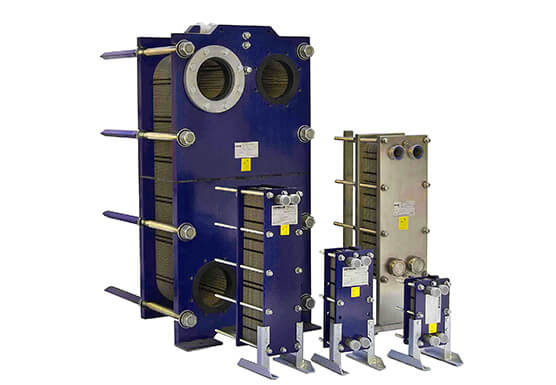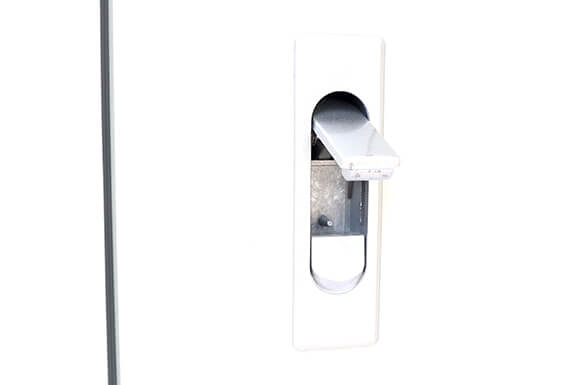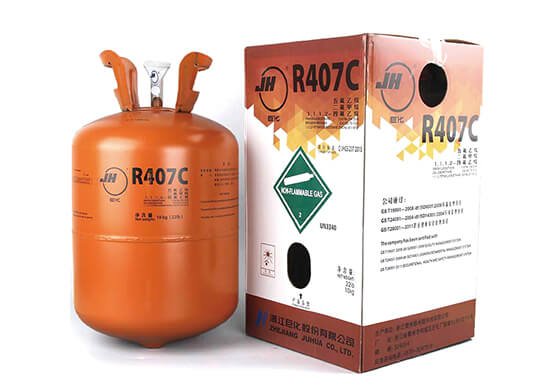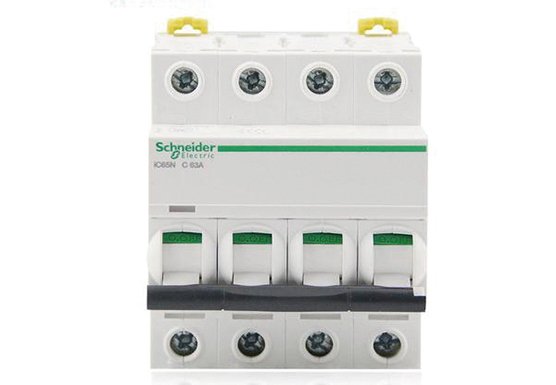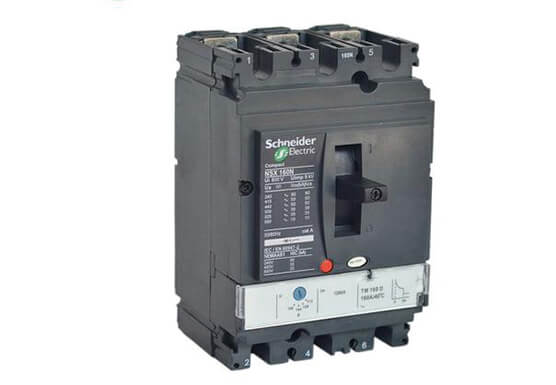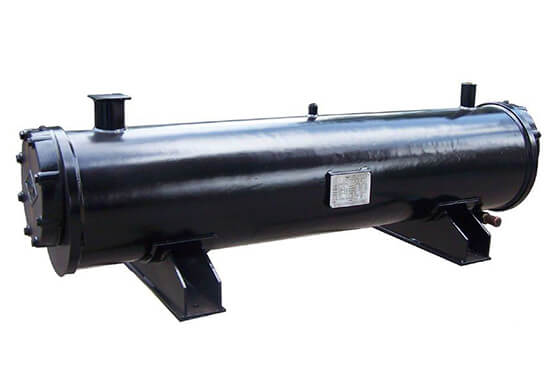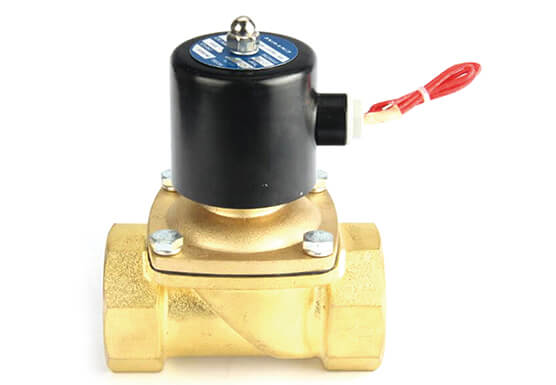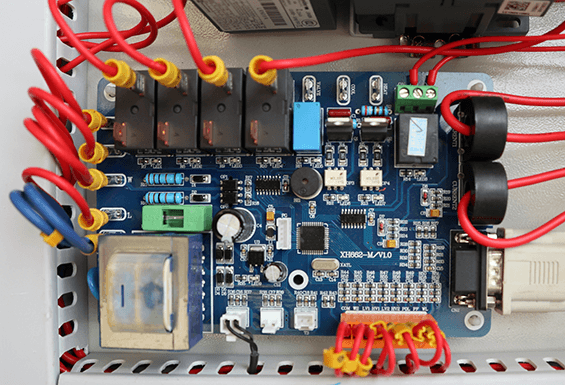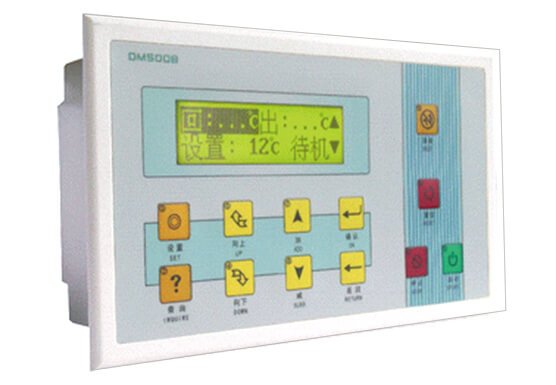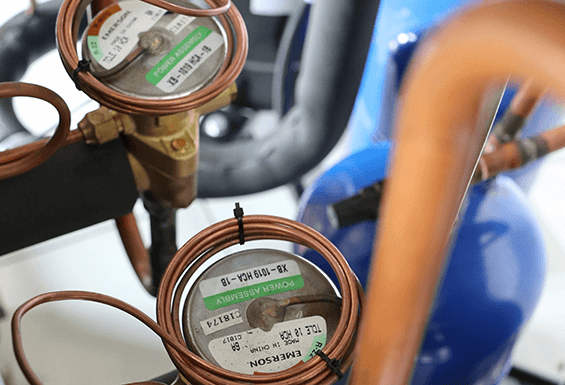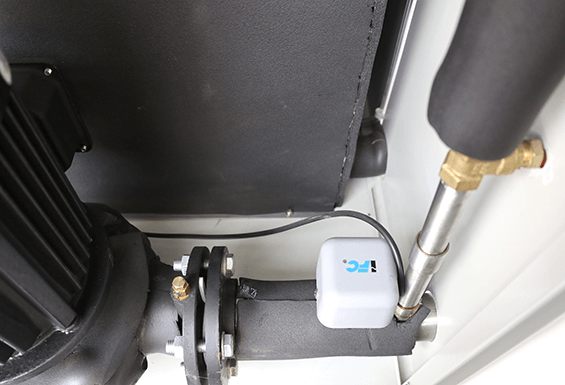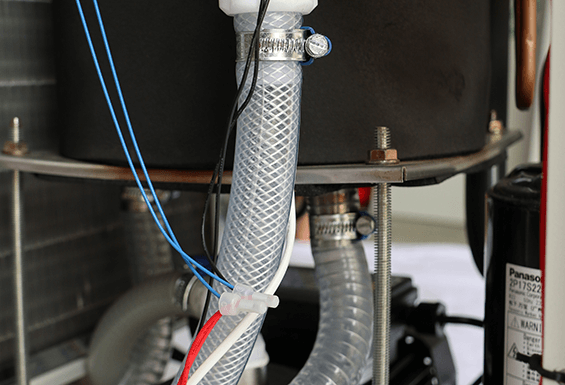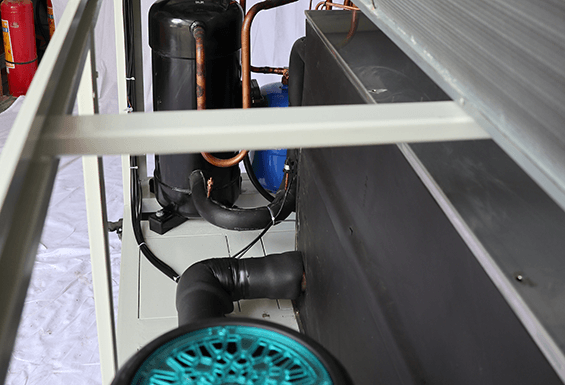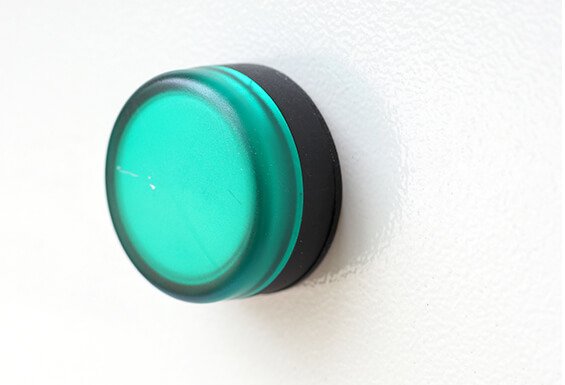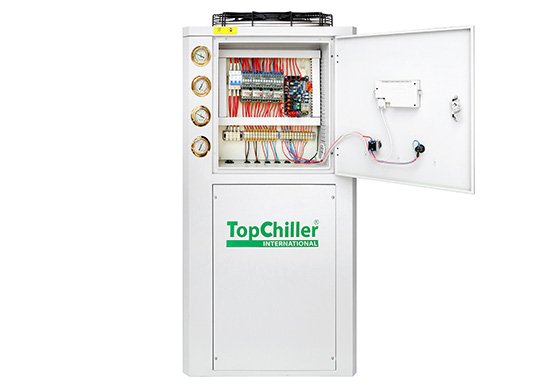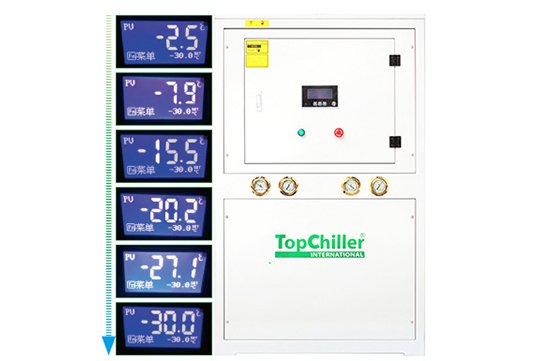TopChiller can design and manufacture all types of brewery chillers for you
- Cooling capacity ranges from 5.6KW to 90KW
- Temperature control ranges up to 26°F to 28°F
- Expert branded efficient scroll compressor
- Air-cooled/water-cooled type condenser
- Compressor overload protector & alarms
- Shell and tube evaporator heat exchanger
- Automatic temperature control system
- Dual loop efficient refrigerant circulation
Your Leading Brewery Chiller Manufacturer and Supplier Over 20 Years
Brewery Chiller is a peculiar designed cooling machine for the brewery industry producing lower temperature chilling effects by using chilled glycol circulation.
TopChiller is the most trustworthy company in China working as a manufacturer and supplier of Brewery Chiller with certified standards and credentials in performance for the last twenty years.
TopChiller is serving our clients with quality assured and certified Brewery Chiller and got reputed fame worldwide by providing a full line of Brewery Chiller models to the whole world marketplace.
Brewery Chiller made by TopChiller has different constituents as scroll compressor, glycol refrigerant, compressor protector, refrigerant tank, heat exchanger, air/water-cooled condenser, Shell type evaporator, control system, and protecting devices.
TopChiller designed Brewery Chiller has marvelous benefits in different applications as given below:
- Brewery Chiller ensures reliable and energy-efficient performance configured by the use of a branded compressor and compressor protector that fluently apply pressure on refrigerant and prevent from pressure fluctuating damages respectively.
- TopChiller brand Brewery Chiller is highly durable in its performance configured by non-ferrous circulating coils ensuring smooth flow of refrigerant with corrosion resistivity.
- Brewery Chiller provides a cooling effect to wort by absorbing excess heat and releasing it through the condenser because chilled wort is supported in a fermentation tank for further processing.
- TopChiller designed Brewery Chiller enhances production rate by ensuring an ambient temperature for the working of fermentation enzymes and preventing enzymes from denaturation by continuous dual loop recirculation of chilled refrigerant.
- Brewery Chiller is versatile by its featuring configured by the use of remote condenser system to separately install evaporator and condenser according to application requirements.
- Compressor modulation concerning the application load is a special feature of Brewery Chiller making it unique and desirable for customers.
- Brewery Chiller is instructed for tight temperature maintenance by using an automatic PLC-based temperature controller ensuring product quality and taste.
Brewery Chiller is used for a wide range of applications as:
Wort cooling, Brite tank cooling, fermentation industry, crash cooling, cider mills, distillery, beer production, Pre-packaging, product storage, food industry, juices cold chilling, etc.
If you are looking for a highly reliable and energy-efficient temperature regulating Brewery Chiller for your application?
If you are thinking to come in collaboration with a trusted company of China working as a manufacturer of durable Brewery Chiller to support your business?
No need to wander around. Just come and visit TopChiller Company or make contact with TopChiller personnel and experts. You will surely get leading support and suggestions beneficial for your application.
Our team is intended to provide a quote and Brewery Chiller customized selection for your application at reasonable charges to our clients.
General Description:
A Brewery Chiller is a unique cooling system that reduces the extra heat produced from different machines, processes, and liquids in brewing and related industries.
Its primary purpose is to regulate the required temperature of different types of brewery processes to complete the procedures perfectly with the help of their maximum efficiency.
Brewery Chiller manufactured by TopChiller comes with branded hermetic scroll single or dual compressor, finned copper tube condenser, shell, tube type heat exchanger, and high power water pump. Along with the glycol mixture, it uses R-22 refrigerant, which is safe for the environment.
Brewery Chiller by TopChiller brand is being used in the brewing and winery industries and for cooling wort to assure the safety of different products and machines by maintaining the required temperature.
TopChiller is a reliable manufacturer and supplier of highly efficient and durable Brewery Chiller, available in air-cooled and water-cooled types.
If you are looking for a heavy-duty Brewery Chiller, instantly contact TopChiller. We also offer customization solutions and compatible accessories to improve the unit’s work for your convenience.
Not only in terms of initial purchase, but our professional customer care will also help you in the servicing and repairing of Brewery Chiller.
Features and Advantages:
Brewery Chiller designed by TopChiller comes with the given excellent features and advantages:
- Brewery Chiller allows you to adjust the temperature depending upon the requirement of your industry. This adjustable temperature limit ranges from -15°C to +5°C.
- The highly spacious glycol tank allows you to store up to 6 Liters of glycol, which can be used frequently for efficient cooling action.
- It allows you to connect around four fermenters at a time easily. The best thing is that you can adjust every fermenter differently as per your need.
- You can get it in the air cooled and water cooled type, which uses air and water, respectively, along with the environment-friendly refrigerant and glycol to complete the chilling task.
- To maintain the safety of the equipment and user safety, it contains different safety alarms and protection such as flow rate protection, high or low-pressure level protection, flow coolant level protection, over-current protection, and anti-freeze protection.
- Data Sheet
- Image Gallery
- Main Parts
- Video
| Brewery Chiller Technical Specification | |||||||||||||
| Model Items | Temp. | TPL-3AL | TPL-5AL | TPL-6AL | TPL-8AL | TPL-10AL | TPL-12AL | TPL-15AL | TPL-20AL | TPL-25AL | TPL-30AL | TPL-40AL | |
| Cooling Capacity | KW 50HZ/60HZ | -10℃ | 3.80 4.60 | 6.30 7.60 | 7.50 9.00 | 9.10 10.90 | 13.20 15.80 | 16.10 19.30 | 19.50 23.40 | 26.40 31.70 | 32.20 38.60 | 39.00 46.80 | 52.00 62.40 |
| -20℃ | 1.90 2.30 | 3.00 3.60 | 4.00 4.80 | 6.00 7.20 | 7.10 8.50 | 8.00 9.60 | 13.90 16.70 | 16.90 20.30 | 20.80 25.00 | 24.40 29.30 | 30.80 37.00 | ||
| -30℃ | 1.00 1.20 | 1.60 1.90 | 1.90 2.30 | 2.70 3.20 | 3.20 3.80 | 3.80 4.60 | 6.10 7.30 | 9.50 11.4 | 12.10 14.50 | 14.30 17.10 | 19.00 22.80 | ||
| -35℃ | 0.67 0.80 | 1.04 1.25 | 1.50 1.80 | 2.30 2.80 | 2.80 3.40 | 3.00 3.60 | 4.30 5.20 | 6.35 7.62 | 8.30 10.00 | 10.10 12.10 | 13.35 16.00 | ||
| Evaporator | Chilled Water (m³/h) | -10℃ | 0.65 0.79 | 1.10 1.30 | 1.30 1.50 | 1.60 1.90 | 2.30 2.70 | 2.80 3.30 | 3.40 4.10 | 4.50 5.40 | 5.60 6.70 | 6.70 8.10 | 9.00 10.80 |
| -20℃ | 0.33 0.40 | 0.52 0.62 | 0.69 0.83 | 1.10 1.30 | 1.23 1.47 | 1.38 1.65 | 2.39 2.87 | 2.85 3.45 | 3.57 4.30 | 4.20 5.04 | 5.30 6.36 | ||
| -30℃ | 0.17 0.21 | 0.28 0.33 | 0.33 0.40 | 0.47 0.55 | 0.55 0.65 | 0.65 0.80 | 1.10 1.30 | 1.60 2.00 | 2.10 2.50 | 2.46 2.90 | 3.30 3.90 | ||
| -35℃ | 0.12 0.14 | 0.18 0.22 | 0.26 0.31 | 0.40 0.48 | 0.48 0.58 | 0.52 0.62 | 0.72 0.89 | 1.10 1.31 | 1.43 1.72 | 1.74 2.09 | 2.30 2.76 | ||
| Type | Shell and tube type/Plate type heat exchanger | ||||||||||||
| Inlet/outlet pipe | lnch | 1″ | 1″ | 1″ | 1″ | 1-1/2″ | 1-1/2″ | 2″ | 2″ | 2″ | 2-1/2″ | 2-1/2″ | |
| Input power | KW | 3.18 | 4.86 | 5.61 | 7.25 | 9.4 | 10.9 | 13.5 | 18.8 | 22.55 | 28.5 | 37.5 | |
| Max Current | A | 7.8 | 12 | 13.7 | 18 | 23 | 26.5 | 33 | 46 | 55 | 69 | 91 | |
| Power Source | 3PH~380V/415V/480V~50HZ/60HZ(3PH~200V/220V 50HZ/60HZ) | ||||||||||||
| Refrigerant | Type | R22(R404A/R507) | |||||||||||
| Control | z | ||||||||||||
| Compressor | Type | Hermetic scroll ( piston ) | |||||||||||
| Power | KW | 2.25 | 3.75 | 4.5 | 6 | 7.5 | 9 | 11.3 | 7.5*2 | 9.37*2 | 11.3*2 | 30 | |
| Condenser | Type | Efficient finned copper tube with aluminum + low noise external rotor fan | |||||||||||
| Water pump | Power | KW | 0.75 | 0.75 | 0.75 | 0.75 | 1.1 | 1.1 | 1.5 | 2.2 | 2.2 | 4 | 5.5 |
| Max lift | m | 20 | 20 | 20 | 20 | 20 | 20 | 20 | 20 | 20 | 25 | 20 | |
| Safety protection | Compressor inner protection, over current protection, high / low pressure protection, over temperature protection, flow rate protection, phase sequence/phase missing protection, low level coolant protection, anti freezing protection | ||||||||||||
| Dimension | Length | mm | 980 | 1150 | 1150 | 1350 | 1500 | 1500 | 1860 | 2020 | 2020 | 2200 | 2350 |
| Width | mm | 520 | 560 | 560 | 680 | 760 | 760 | 850 | 950 | 950 | 1150 | 1350 | |
| Height | mm | 1170 | 1215 | 1215 | 1530 | 1660 | 1660 | 1900 | 2000 | 2000 | 1980 | 2000 | |
| Net weight(KG) | Kg | 135 | 165 | 210 | 310 | 450 | 530 | 750 | 835 | 920 | 1080 | 1125 | |
| Note: The above specifications are according to the following design conditions: 1, Chilled water inlet/outlet temperature difference 3℃/8℃. 2, Cooling air inlet/outlet temperature 30℃/38℃ | |||||||||||||
Why TopChiller is Your Reliable Brewery Chiller Manufacturer and Supplier In China?
Brewery Chiller-An Ultimate FAQ Guide by TopChiller.
- What is a Brewery Chiller?
- What are the Key Features of a Brewery Chiller?
- What are the Major Applications of Brewery Chiller?
- How Does a Brewery Chiller Work?
- What are the Significant Advantages of a Brewery Chiller?
- What are the Main Parts of a Brewery Chiller?
- How to Decide the Size of a Brewery Chiller for your Brewery Industry?
- What are the Types of a Brewery Chiller?
- What is the Suitable Temperature Range of your Brewery Chiller?
- What is the Purpose of High and Low Switch in your Brewery Chiller?
- Why Do you Need to Install a Bypass Loop in your Brewery Chiller?
- What are the Optional Accessories Available for a Brewery Chiller?
- Why Automotive or Anti-Freeze is not Suitable for your Brewery Chiller?
- How to Fill Glycol in your Brewery Chiller?
- What are the Safety Instructions for your Brewery Chiller?
- How to Maintain your Brewery Chiller?
- How to Establish the Cooling Connections of your Brewery Chiller?
- How to Attach your Brewery Chiller with Fermenter?
- How to Test your Brewery Chiller?
- How to Troubleshoot your Brewery Chiller?
What is a Brewery Chiller?
A Brewery Chiller is a proficient cooling equipment used to deal with the extra heat produced during the brewing process, either by using water or air as the primary source of work.
It is also applicable for cooling the fermentation procedure, wineries manufacturing units, and cooling wort to increase the process’s efficiency.
A modular and split design are the two most common types available in a Brewery Chiller. It works by using a coolant such as a glycol or propylene glycol to remove the high extra heat volume produced in the brewing industry.
A brazed plate heat exchanger, dual compressor, and control unit are some components that perform together to achieve this cooling effect.
The best temperature to achieve optimum efficiency of this unit is around 32° Fahrenheit.
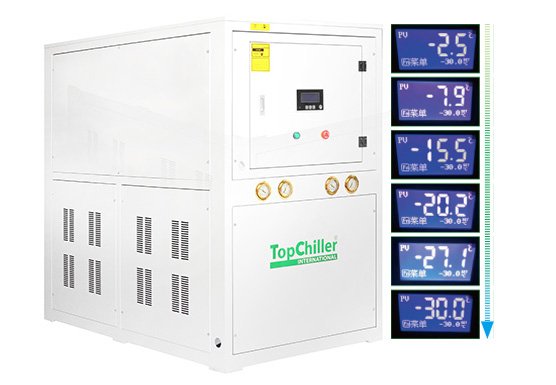
Brewery Chiller Manufactured by TopChiller
What are the Key Features of a Brewery Chiller?
Some of the key features included in the designing, working, and construction of a Brewery Chiller include:
- High-efficiency scroll compressors with powerful heaters
- Environment-friendly refrigerant
- Single point power connection
- Durable electrical panel
- Easy remote control operation
- Automatic resetting for low-pressure problem
- Easy manual reset for high pressure
- Glycol economizers
- Heavy performance, air-cooled compressor
- Stainless steel powder-coated frame
- Aluminum cabinet designing
- Robust control circuit with 24 VAC power
- Stainless steel and durable evaporator comes with ¾” closed cell insulation feature
- Powerful thermal expansion valve
- Sight glass indication for moisture content
- Non-ferrous water connections
- High flow glycol connections
- For temperature control, an internal bypass valve is available
- Centrifugal process valve with 2.5GMP/ton capacity
- Compressor interlocks for compressor’s safety
- Polyethylene water reservoir
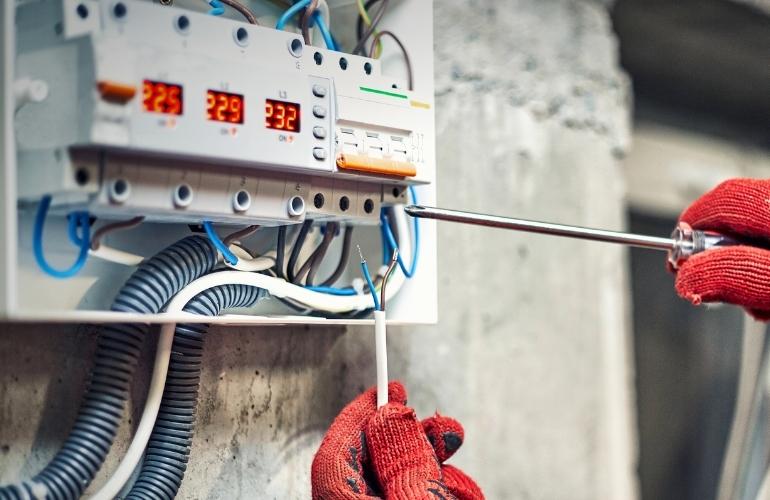
Brewery Chiller Single Point Power Connection
What are the Major Applications of Brewery Chiller?
A Brewing Chiller is applicable in the following areas to dissipate the extra heat and to cool certain liquids being used in the processes:
- Controlling the Temperature of the Fermentation Process
- Alcohol Storage
- Wineries
- Wort Cooling
- Distilleries
- Crash Cooling of Vessels
- Pre-Packaging Industry
- Cold Chilling of Juices
- Cider Mills
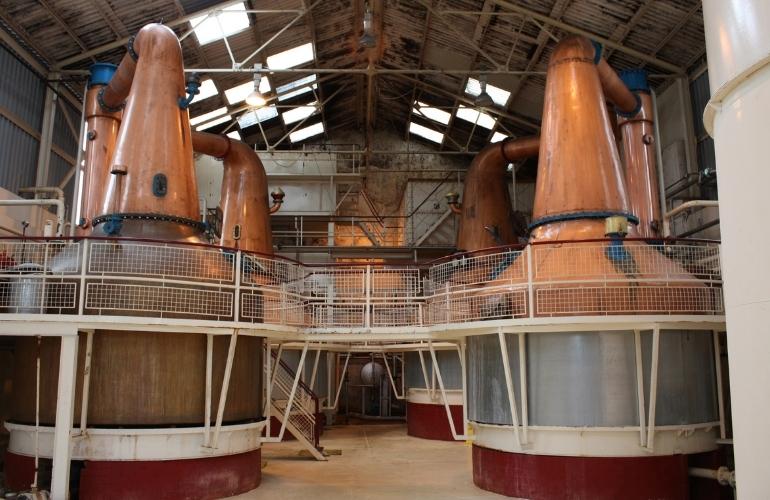
Applications of Brewery Chiller
How Does a Brewery Chiller Work?
To properly use your Brewery Chiller, it is essential to understand the basic principles and the following working procedure:
An eco-friendly refrigerant first flows through the system using the basic compression and vapor evaporation principles.
This coolant begins to boil after absorbing the warmth from the operation.
The compressor then absorbs this heat, transforming the refrigerant into high-pressure gas.
Now, a heat exchanger disperses the heat from the refrigerant gas back into the liquid phase, where glycol serves as the cooling agent.
This cool refrigerant enters the system again, where the whole cycle is repeated.
What are the Significant Advantages of a Brewery Chiller?
Here is a list of multiple advantages you can avail yourself by using the Brewery Chiller at your site:
- Customized program control
- Numerous redundancy options with different capacity choices
- Extensive range of compatible accessories
- Suitable for use in corrosive environments
- Affordable pricing
- Efficient cooling function
- Easy portability
What are the Main Parts of a Brewery Chiller?
Components of the Brewery Chiller are similar to those of other chillers. Polyethylene or stainless steel tanks, condenser, expansion valve, safety alarms, and pump with a capacity of 31 to 30,000 gallons are included. In addition, there are the following elements:
Compressor
The twin compressor of Brewery Chiller is a critical part of moving the refrigerant around the system. It is also responsible for compressing the volume and pressure of the gas.
Evaporator
The evaporator takes the heat generated by the worts and fermentation procedure and transfers it to the refrigerant, which cools it.
You will find it in between the compressor and the expansion valve.
Control Unit
A control unit is put in place to monitor how well the Brewery Chiller is working. Control units have safety alarms that can shut off the system right away if they sound.

Brewery Chiller Semi Hermetic Screw Compressor
How to Decide the Size of a Brewery Chiller for your Brewery Industry?
The selection of the most appropriate Brewery Chiller for industrial operations is a tough decision to make.
A vast number of variables and parameters may be considered, which can either increase or reduce the general effectiveness of the work.
These considerations are as follows:
- Wort heat exchanger
- Tank holding load
- Pull-down crashing
- Beer volume in a brewing industry
- Active fermentation excessive heat
- Components such as pipes, pumps, and valves can be used to mitigate the effects of a system’s failure.
What are the Types of a Brewery Chiller?
The two most common types of a Brewery Chiller, with the same function but different structure and design are:
Water Cooled Brewery Chiller
A Water Cooled Brewery Chiller uses water to deal with the high heat arising from various brewing processes and equipment.
It also uses an environment-friendly coolant to complete its function along with water.
If you want an effective chilling option for long-term usage, this is the best option due to the presence of cooling towers.
Air-Cooled Brewery Chiller
An Air-Cooled Brewery Chiller uses ambient air as the primary source to achieve the cooling effect.
In brewing industries, it can be used to remove extra heat from different liquids and procedures to maintain products and equipment safety.
It is efficient in performance, affordable in pricing, and primarily available with an installation package.
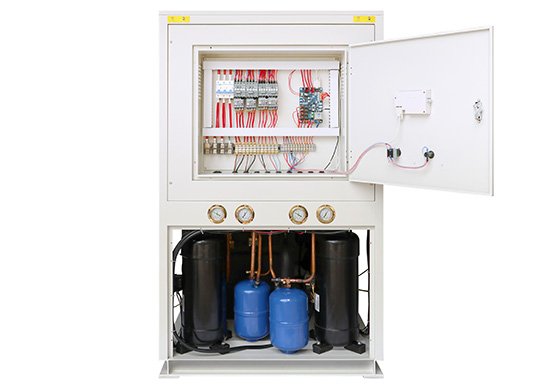
Water Cooled Brewery Chiller
What is the Suitable Temperature Range of your Brewery Chiller?
Low temperatures of 28° to 30° Fahrenheit are common in the brewing industry. The bright tanks work at 32°; hence a Brewery Chiller is kept at this temperature.
The most crucial circumstance is keeping a temperature range to minimize ice accumulation and provide constant cooling to the operation.
Only by keeping the temperature within a tolerable range can it be controlled.
What is the Purpose of High and Low Switch in your Brewery Chiller?
A high strain on the supply can damage compressors in a Brewery Chiller.
A safety function is included in the compressor to guard against system dysfunction to avoid this. To tackle high-pressure issues in a Brewery Chiller, a high/low control is provided.
Numerous additional factors might cause its supply to fail, including lower condenser clogging, airflow, and a faulty fan controller.
The high/low controls can be manually regulated to keep a predetermined load and operate as a protection system.
This helps prevent the system from experiencing heavy loads or instantaneous damage due to multiple reasons.

Brewery Chiller High and Low Pressure Switch
Why Do you Need to Install a Bypass Loop in your Brewery Chiller?
A bypass loop is installed to maintain a constant flow of water across the chiller coil, tank, and piping system. To keep the reservoir at its coldest level, this is essentially required.
The system must be adjusted to keep the bypass loop flowing while still providing adequate input to the operation.
Supply the brew tanks with cooled glycol to determine the lowest pressure difference. Adjusting the flow rate to optimum has caused this.
As a result, the tanks receive a high-pressure input, and the chiller receives a lower return of pressure.
This allows for efficient movement through to the tank jackets. The maximal tank jacket pressure is used to calculate the supply-return pressure difference.
Tank jackets can be ruined if they are subjected to excessive pressure. If the pressure is too low, the circulation via the tank jackets may not be able to be pushed.
Maintaining a constant temperature in this Brewery Chiller while minimizing temperature fluctuations is a primary goal to achieve its cooling.
Correct Place for Positioning the Bypass Valve
When installing the bypass valve, it is best to place it before every single one of the brewery’s fermenting tanks, the two-stage wort heat exchanger, and the two-way valve.
Whenever the tank solenoid valves are accessible, the flow to the tanks will be cut off if the bypass is placed before the tanks.
Circulation is needed to keep the temperature difference between tanks in a brewery to its lowest possible level.
If the flow rate is too low, the temperature difference between the supply and the return will be more significant, which could make the jacket not work correctly.
Glycol may raise the temperature of your tank to the level of the tank before it runs through the whole jacket. This could make it challenging to lower your tank’s excess heat.
What are the Optional Accessories Available for a Brewery Chiller?
To enhance the performance of your Brewery Chiller, you can use the given accessories as per your need:
- Low ambient flow protection
- Add on phase monitor
- Digital flow meter
- Castors for easy portability
- Coated condenser coils
- Fused disconnect
- Circuit breakers
- Automated control using an effective microprocessor control system
- Dual compressor option
- High capacity reservoir tanks
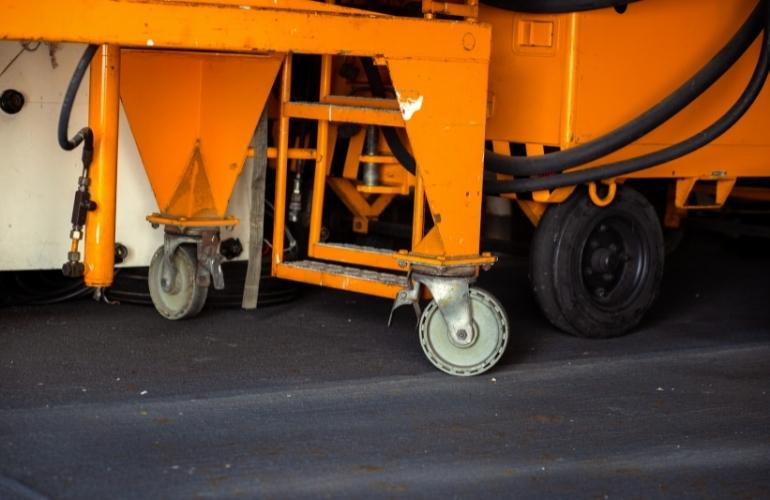
Brewery Chiller Castor Wheel
Why Automotive or Anti-Freeze is not Suitable for your Brewery Chiller?
Lead is commonly found in anti-freeze for automobiles. Humans may die if they eat or drink anything containing lead.
Because it is designed to be used with aluminum, it may also be harmful to your Brewery Chiller.
Propylene glycol may be present in RV anti-freeze, making it safe for consumption, but it is not designed for use in a brewery’s heat processing, chilling, and pumping.
Eventually, it will deteriorate and jam up your unit’s heat exchanger. As it decomposes, it may also lead to frozen and broken pipes.
This will affect the overall working and the life of your Brewery Chiller.
How to Fill Glycol in your Brewery Chiller?
While filling glycol in your Brewery Chiller, always follow the given steps if you want to perform this procedure correctly:
- The unit must be turned off to do this.
- In a clean jug, combine the glycol mixture to the specified volume according to the given ratios. Preparation in a jar before addition to the tank is critical.
- Open the top lid. Carefully add the glycol mixture into the tank using the accompanying funnel with a mesh filter. You may get air bubbles if you pour too fast.
- Replace the cap and retighten it.
- Expect to wait five minutes before reactivating the machine. Let any bubbles that may have been caught in the mixture dissipate.
- The pump may not work correctly if there are air bubbles trapped within.
Changing the Present Glycol Mixture With New One
For replacing the already present glycol mixture with a new one, you must follow the given procedure:
- Connect a hose to any channel’s glycol output connector.
- Fill a pail or sink with the glycol mixture, then place the hose’s free end in there.
- It’s time to turn on the chiller now. Finally, check that all of the number buttons are turned off (unlit).
- Press and hold the button for 5 seconds to activate the pump override mode. The SET button blinks when the Brewery Chiller is in pump override mode.
- The conical fermenters do not send a cooling signal to activate the pump when there is no low glycol alert.
- Press the number button corresponding to the outlet where the hose is attached to drain the present glycol mixture from the glycol tank.
- You can stop the pump by pressing the number button when the glycol flow has ceased.
- Now, you can turn off your unit.
- Toss out the glycol mixture that you’ve drained from it.
- To replace the glycol in the tank, you must first clean the glycol filter. Make sure that the white cap of the glycol filter on its backside is removed.
- Detach the filter from the housing and wash it thoroughly in clean water to remove any debris. Replace the filter into the container and tighten the cover.
- A glycol mixture of 6 L is needed to refill the glycol tank sufficiently.
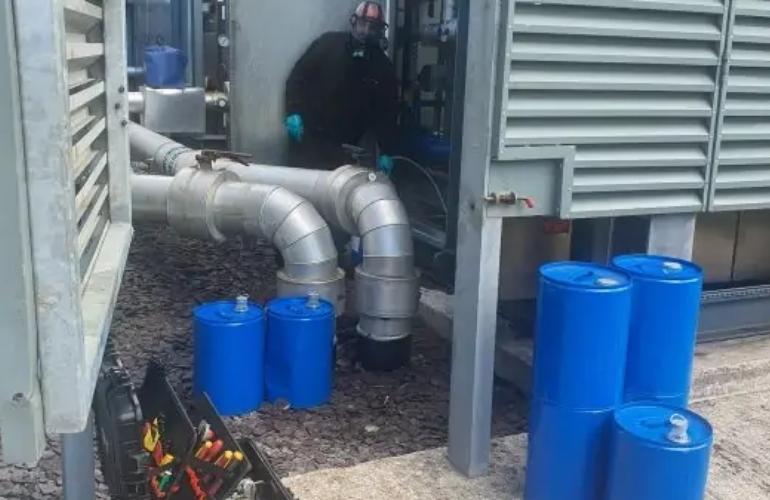
Brewery Chiller Glycol Filling
What are the Safety Instructions for your Brewery Chiller?
Before and during the operation of your Brewery Chiller, always consider the following safety instructions to ensure your as well as the unit’s safety:
- Maintain a balanced position and elevate from the bottom while transporting.
- The unit should not be tipped over or placed on its side at any time. Damage to the electronics will cancel the warranty.
- Always work in a well-ventilated area and on a flat surface.
- Maintain a minimum clearance of 20cm from the unit’s sides, where vents are positioned to ensure uninterrupted ventilation.
- Keep liquids away from the touch panel.
- If you’re using propylene glycol, be sure it’s food-grade. More information can be found by contacting glycol manufacturers.
- Brewery Chiller should not be used to store explosives, such as aerosol cans containing flammable propellants.
- Only use defrosting aids the manufacturer advises to speed up the defrosting procedure.
- Make sure the refrigerant circuit is not damaged.
- This chiller can be used by people of all ages, including children if they have been provided guidance or training on operating the product securely and are aware of the associated risks.
- Children under the age of eighteen must not handle the appliance. Children should not be allowed to clean or maintain equipment without adult supervision.
- Electric shock is a possible hazard. Do not use any other type of cord or plug to repair or replace a broken one.
- Do not move or handle the chiller roughly, to prevent leaks and damage to the refrigerant tubing.
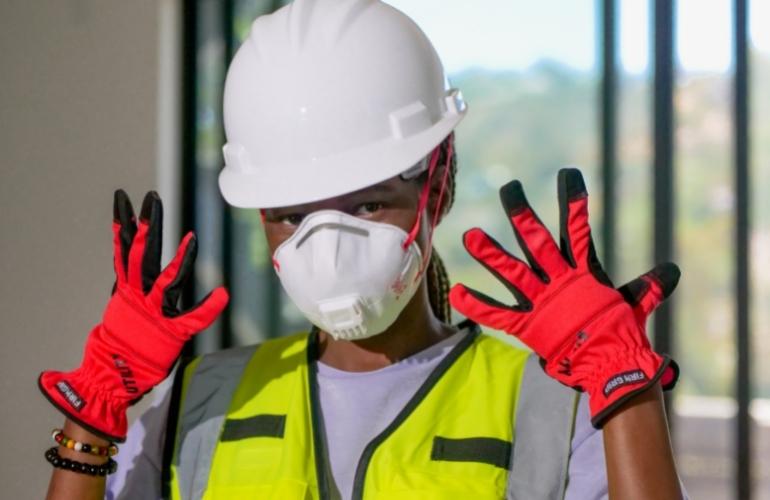
Wear PPE While Using your Brewery Chiller
How to Maintain your Brewery Chiller?
Following is a list of a few of the most important things to remember when it comes to maintaining a Brewery Chiller:
Attention to Warning Signs
A chiller’s capacity, needs, and budget all have a role in its layout.
On the other hand, each system is equipped with built-in alarms that sound when something isn’t quite right. So, always pay good attention to these alarms.
Clean Condenser Coils
Maintenance relies on cleaning since it indicates how frequently this activity has to be performed.
Increasing system efficiency necessitates cleaning pipes, distribution tubes, and reserve tanks.
Water Level and Flow Rate
The system propellers may be damaged or frozen due to a lack of water in the tank.
The tank should be loaded to the appropriate level to keep the water in pressurized tanks from freezing.
Schedule Annual Maintenance
Because it is a closed circuit, the Brewery Chiller appears to require no maintenance.
There is a need for yearly maintenance and cleaning, which includes cleaning closed-loop systems and testing parts.
How to Establish the Cooling Connections of your Brewery Chiller?
Your Brewery Chiller comes with a cooling attachment kit. This includes couplers, brass, seals, and hoses. To begin, attach the fermenter’s couplers as follows:
- Insert a white seal (provided) into the hole drilled on the conical fermenter’s side.
- Screw the threaded piece of the coupler into a similar side of the fermenter as where the seal was put. Assure that it is securely screwed in. If required, use a spanner, but do not overtighten.
- Push the spring-loaded sleeve back and slide it over the portion you just used to attach its other end of the coupler.
- Repeat these instructions on the fermenter’s opposite side.
- If necessary, the hoses can be shortened, boosting the maximum cooling efficiency.
- Adjust the Brewery Chiller and fermenter to their final positions, then check and cut the hoses as necessary.
How to Attach your Brewery Chiller with Fermenter?
The hose connectors are located on the Brewery Chiller’s rear panel. This equipment may be used to cool up to 4 fermenters.
The outgoing links of Brewery Chiller are silver, while the incoming connections are gold in color. Connections marked 1, 2, 3, and 4 on their back correspond to the keys numbered 1, 2, 3, and 4.
- Confirm that the unit is turned off.
- The glycol mixture output connectors are located on the rear panel of the chiller; they are silver in color and have blue covers.
- Attach the blue hose to the initial silver connection with the number 1 engraved on it. This flexible hose then attaches to the fermenter’s coupler in the bottom rank.
- The glycol intake connector is used to restore glycol to the chiller for cooling; they are gold in color with red caps.
- Connect the red hose to the number one glycol return inlet connector. This hose is then connected to the fermenter’s highest-attached coupler.
Attaching More Than One Fermenter
Simultaneously, one hundred twenty liters of conical fermenters can be attached to the Brewery Chiller. If in need to link more than one fermenter, connect the other links marked from 2 to 4.
Afterward, repeat the connection instructions for each additional fermenter. Fill out the following form:
- Fill the glycol tank to the brim as described in the topping up glycol section.
- Additional glycol mixture is required for each extra fermenter that is not already connected to the cooling sleeve that is already cooled by glycol.
- Second, make sure each fermenter is connected correctly. Ensure that the Brewery Chiller has the attachment through the correct number for each fermenter.
- To avoid misunderstandings, identify the fermenter and hoses with the corresponding number.
How to Test your Brewery Chiller?
Numerous test parameters must be verified before initiating the entire brewing process.
Pressure Check
It is essential to test helium leakage and perform fluid circuit leak monitoring and refrigeration circuit leak detection of your Brewery Chiller.
This way, it is possible to assess the risks associated with system damage and collapse.
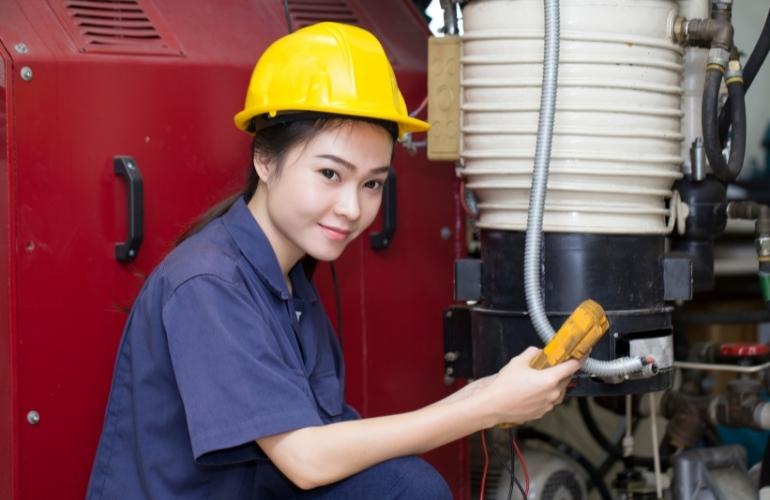
Brewery Chiller Factory Testing
Performance Test
When the system is fully loaded, make sure to check its performance, capacity, and dimensions.
Understanding the components that influence a system’s performance can help you determine how much power is needed to accomplish the entire operation.
Electrical Testing
A Brewery Chiller must be tested to international standards for appropriate assessment once its control panels have been digitized and changed to electronic panels.
Control Testing
Control testing is necessary to thoroughly examine all controls, particularly safety devices and warning alarms.
You can also check the water levels and circulation flow rates to identify and repair any problems that may have occurred.
How to Troubleshoot your Brewery Chiller?
While using a Brewery Chiller, you may face different problems which can be resolved by following the given solutions:
- If you are experiencing a reduced flow rate in the condenser, the main thing is to check and clear any obstruction present in it.
- If it is not working correctly, you may have to check and replace any damaged or faulty component.
- In case of a warning alert from the temperature controller, which may be caused due to thermometer probe failure, always contact your manufacturer.
- To regulate the temperature of the equipment, it is essential to maintain the temperature of the glycol bath.
Not Starting
There are multiple reasons that can interrupt the normal starting of your equipment. Some of these include a failed power switch or an error in the wall outlet.
First, you can disconnect the power switch from the wall power socket to resolve this problem. Wait for a few minutes and connect it again.
If this doesn’t bring your Brewery Chiller back to regular operation, consult the guidance manual or contact your manufacturer.
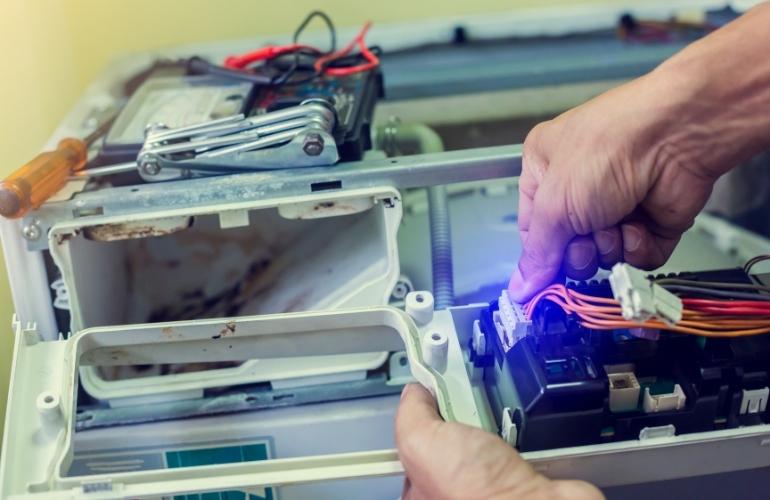
Troubleshooting of Brewery Chiller
